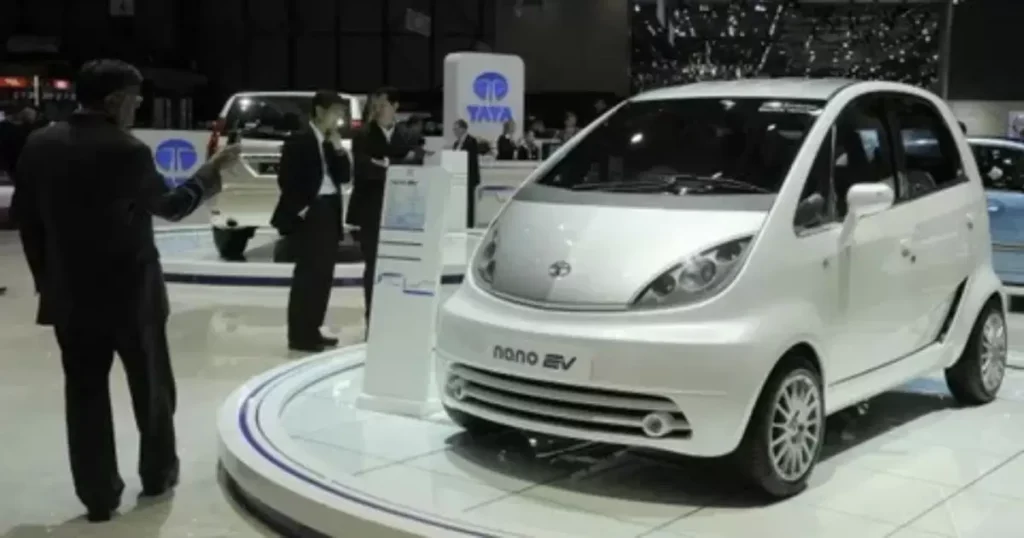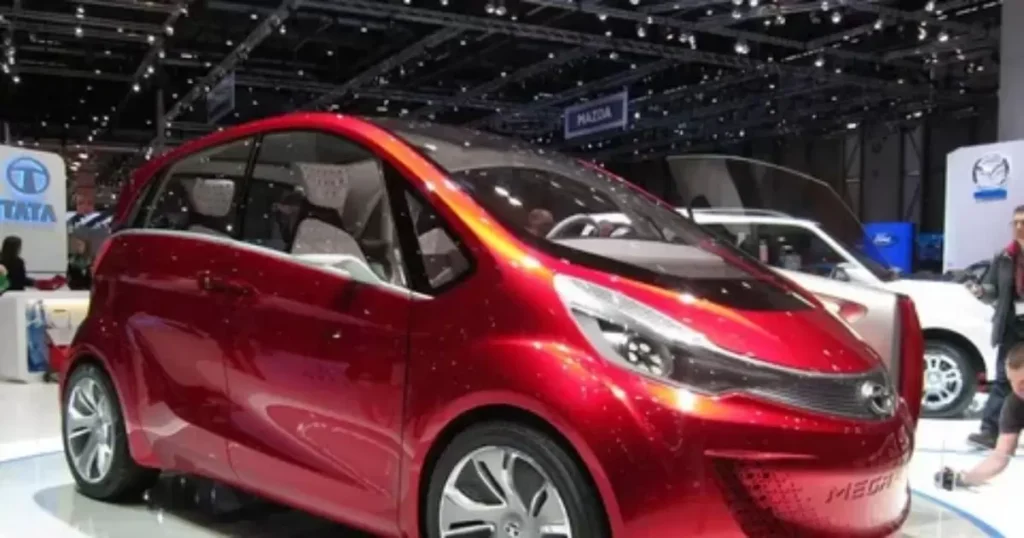The Tata Nano made headlines as the world’s smallest car, promising affordability and innovation. This article provides a comprehensive look at the Nano, from its development and design to its market impact and legacy. Whether you’re curious about its features or its place in automotive history, this overview covers it all.
The Tata Nano, introduced in 2008, was touted as the world’s most affordable car. Designed by Tata Motors, it aimed to offer a budget-friendly alternative for millions in India. Despite its small size and low cost, the Nano was a significant step in the automotive industry.
The Concept and Vision Behind the Tata Nano
The Tata Nano was conceived to address the needs of middle-class families in India who were previously unable to afford a car. Tata Motors aimed to create a vehicle that was economical both in terms of price and fuel efficiency.
The vision was to provide a safe and reliable alternative to two-wheelers while keeping costs as low as possible. The Nano was designed to be a practical solution for affordable urban mobility.
Design and Specifications
Exterior Design
The Nano’s exterior design was compact and minimalistic. Its small footprint made it easy to maneuver and park in crowded city environments.
Despite its size, the Nano featured a modern and stylish look. The design aimed to maximize space efficiency while maintaining a contemporary appearance.
Interior Features
Inside, the Nano was surprisingly spacious for its size. It offered basic but functional amenities, including air conditioning and a simple audio system.
The cabin was designed to provide comfort with practical features. The use of durable materials helped keep costs low while ensuring longevity.
Performance and Engine Specifications
Engine and Transmission
The Tata Nano was powered by a 0.6-liter, two-cylinder petrol engine. It was designed to be fuel-efficient and environmentally friendly.
The engine delivered modest performance but was adequate for city driving. Its manual transmission was straightforward, emphasizing ease of use over speed.
Fuel Efficiency
One of the Nano’s key selling points was its fuel efficiency. The car achieved impressive mileage, making it a cost-effective option for daily commuting.
Its low fuel consumption helped keep running costs low. This was a significant advantage for budget-conscious buyers.
Market Introduction and Pricing

Launch and Initial Reception
The Nano was officially launched in 2008 and garnered considerable media attention. Its launch price was set at an unprecedentedly low level, which contributed to its initial success.
The Nano was marketed as “the world’s cheapest car,” which generated significant interest both in India and internationally.
Sales Performance
Despite its innovative concept, the Nano faced several challenges in the market. Sales were slower than anticipated due to various factors, including perceptions of safety and practicality.
The Nano struggled to meet initial sales projections, leading to adjustments in its marketing and distribution strategies.
Challenges and Criticisms
Safety Concerns
The Nano faced criticism regarding its safety features. Some concerns were raised about the vehicle’s crashworthiness and overall safety in various driving conditions.
In response to these concerns, Tata Motors made efforts to improve the Nano’s safety features in subsequent models.
Perception Issues
The Nano was often perceived as a “cheap” car, which affected its market appeal. Many potential buyers were deterred by the stigma associated with owning a low-cost vehicle.
Tata Motors attempted to reposition the Nano as a smart, economical choice rather than just a budget option.
Innovations and Features
Technological Innovations
The Nano featured several innovative design elements, including its rear-mounted engine and simplified manufacturing process. These innovations contributed to its low cost.
Despite its basic nature, the Nano incorporated practical features to enhance usability and comfort.
Production Techniques
To keep production costs down, Tata Motors used cost-effective manufacturing techniques. This included the use of simplified components and efficient assembly processes.
The Nano’s production model was designed to be scalable and adaptable to different markets.
Reflecting on Reflectivity: The Science Behind Number Plate Visibility
The Nano’s Legacy

Impact on the Automotive Industry
The Tata Nano’s introduction highlighted the potential for affordable personal transportation. It sparked discussions about cost-effective automotive solutions and influenced future designs.
Although it did not achieve widespread success, the Nano’s concept inspired other manufacturers to explore similar low-cost vehicles.
Subsequent Developments
Tata Motors continued to innovate and refine its vehicle offerings after the Nano. The lessons learned from the Nano’s development contributed to the company’s future projects.
The Nano remains a significant part of automotive history, representing an ambitious attempt to make car ownership accessible to a broader audience.
Answers key Questions
What was the Tata Nano designed for?
The Tata Nano was designed to provide an affordable and practical car option for middle-class families in India.
What are the key features of the Tata Nano?
The Nano featured a compact design, basic interior amenities, and impressive fuel efficiency.
How did the Tata Nano perform in terms of fuel efficiency?
The Tata Nano achieved high fuel efficiency, making it a cost-effective choice for daily commuting.
What were some criticisms of the Tata Nano?
Criticisms included safety concerns and perceptions of the car being too cheap, which affected its market appeal.
Why did Tata Motors face challenges with the Nano’s sales?
Challenges included safety concerns, market perceptions, and difficulties in meeting initial sales projections.
What was the legacy of the Tata Nano?
The Nano’s legacy lies in its innovative approach to affordable transportation and its influence on the automotive industry.
Conclusion
The Tata Nano was a groundbreaking attempt to provide an affordable vehicle for millions in India. While it faced several challenges and criticisms, it remains an important milestone in automotive history. The Nano’s impact on the industry and its innovative design continue to be remembered, highlighting the complexities of balancing cost and value in vehicle development.

Hi! I’m the admin of Drive Cars Pedia, where I share my passion for cars with you. From reviews to tips, I provide valuable info to help you make informed decisions. Enjoy your visit!








